THE PROGRAM
Our HCG weight loss is a comprehensive program designed to help you get the best results & maintain weight loss when you are finished. Once the diet is complete you will transition to a healthy, maintainable nutrition plan.
THE PROGRAM INCLUDES
* 6 visits total: initial visit, weekly check ins, and 2 final visits to help in the transition to long term maintenance.
* Lab testing prior to starting program
* Supplements during the program
* Weekly vitamin injections
* Detailed program info and recipes
WHY HCG?
* Jump start weight loss. If you have a lot of weight to loose, or feel stuck with diet and exercise, the HCG program can offer a jump start to weight loss.
* Patients loose on average 0.5 to 1lb per day over 23 days of the diet
* HCG mobilizes your fat stores to fuel the body. This is not a starvation diet!
* Decreased hunger
* Increased metabolism.
* Burn Fat not muscle. HCG is a hormone that works through resetting your metabolism and hormones to burn fat as fuel.
* Body contouring – weight & inches lost in stubborn areas like arms, inner thighs, & waistline
WHAT TO EXPECT
The diet is broken into phases:
Phase 1
* 2 days of a high calorie + high fat loading
Phase 2
*23 days
*Strict calorie intake
* Lean protein like fish & chicken
* Daily HCG injections or lozenges
Phase 3
* 3 weeks
* Calories are increased
* Weight is stabilized during this phase
Maintenance Phase
* Customized nutrition and exercise plan for optimal health and weight loss maintenance.
If not now, when? Contact us to get started today! Contact info here , or call 604.428.8682








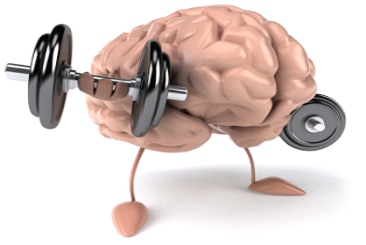

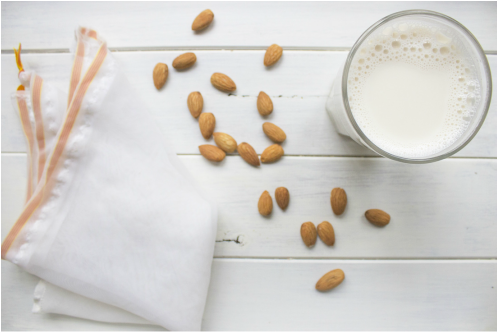
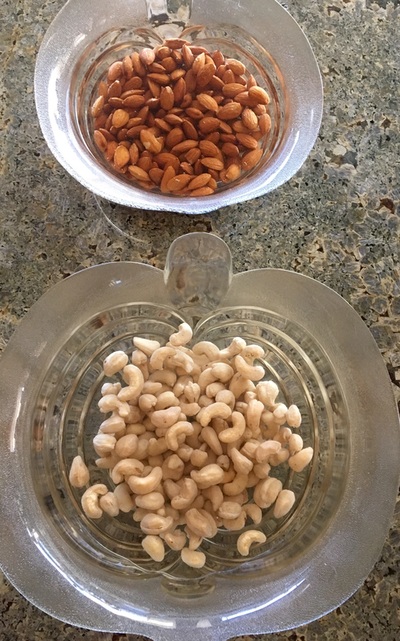
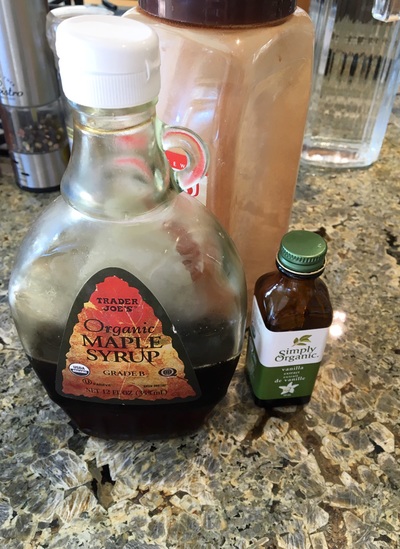
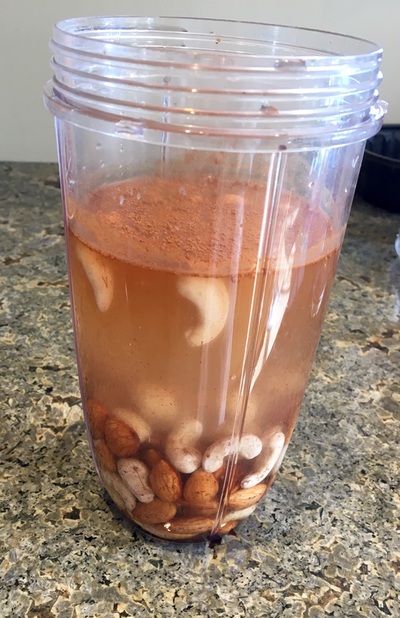
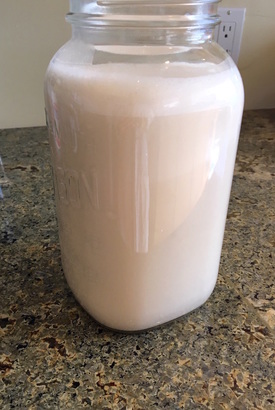



 RSS Feed
RSS Feed